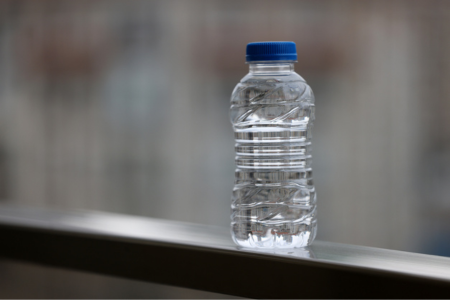
The biax orientation process of orienting plastics results in a cosmetic enhancement of the polymer material in three primary ways, which are explained in this article.
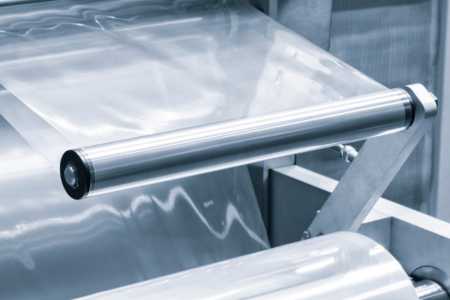
In this article, the benefits are explored for producing plastic film through cast biax orientation compared with the blown film orientation method. Neither process is better or worse than the other but both are best suited for different applications, detailed through this comparative writeup.
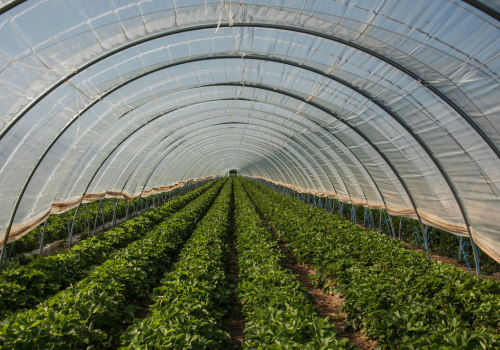
In this article, we explore the topic of plastics orientation and, more specifically, how this orientation leads to the enhancement of a plastic film's mechanical properties.
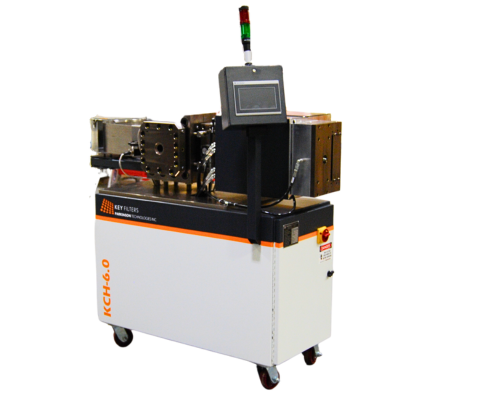
What are the ways that continuous belt screen changers can improve product quality while simultaneously lowering short and long term maintenance costs? This article details the key benefits of installing a continuous belt screen changer as well as the financial improvements this technology can provide for a business.
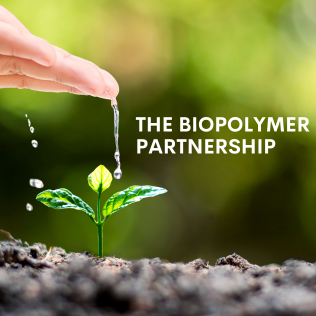
YOU make efforts in developing sustainable biopolymer resources, WE provide the facility to make it happen.
We hope to preserve our ecosystem, and we believe this begins with you.
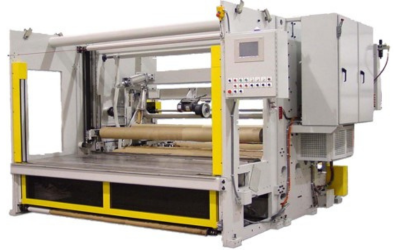
It is important for manufacturers to select the correct surface winding equipment for their operating process in the nonwovens industry. There are many key considerations decision-makers should keep in mind when choosing this machinery, which are explored in depth throughout this article.

The concept of the circular economy has been put into action more and more often in recent years, as people are advocating for waste elimination to lead to a sustainable future. Read more to learn about what the circular economy involves and how it pertains to operations in the Film and Sheet markets.
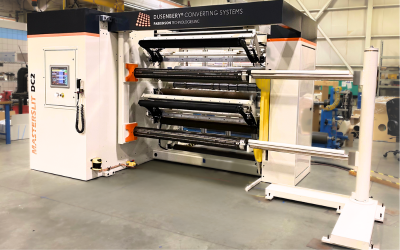
Choosing which slitter rewinder to purchase for your business is a critical decision that impacts every other part of your production line as well as overall profitability. When making this decision, there are certain considerations to take into account which cannot be overlooked.
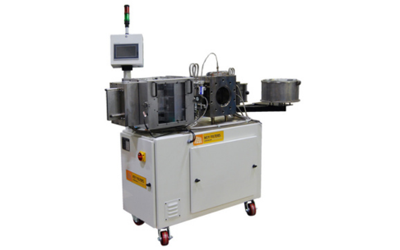
Having a quality melt filtration system is an essential part to ensuring the purity of the plastic melt. When using the continuous belt filter in plastic extrusion, there are specific factors influencing operation and production of this filter to determine how effective the screen changer will be.
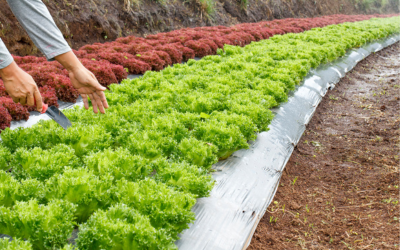
The orientation of plastic film is an essential part to ensuring material yield can be optimized while physical properties of the plastic stay intact. It is also used to achieve property modification in order to improve the performance and durability of the material. In many instances, this plastic orientation process is accomplished by the monoaxial stretching of plastic film in the machine direction orientation (MDO).
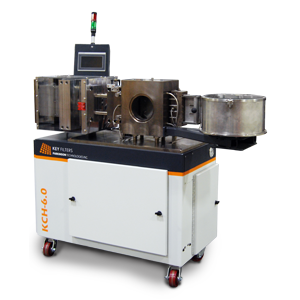
Melt filtration is not just an option but a vital necessity for quality in the production process. In the world of screen changers, there are many choices depending on the needs of how companies wish to filter out contaminants. However, not all screen changers are created equal.
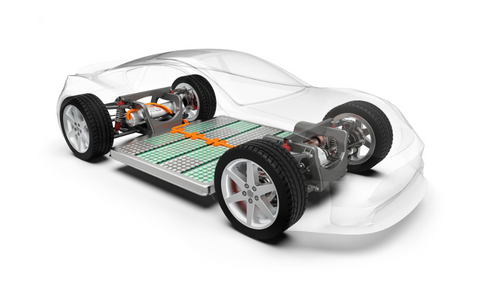
The microporous polymer film used in rechargeable batteries creates a barrier between the anode and cathode so that the electrical charge can still flow without the dangers of short circuits, thermal malfunctions, or battery degradation. This is why the biax orientation process which produces this strong polymer film is an irreplaceable system in the manufacturing cycle of rechargeable lithium ion batteries.
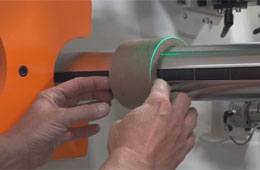
Modern slitter rewinders have come a long way since the early days of converting. Though they perform the same function, the options offered in today’s slitter rewinders make operating these machines easier and faster. These options solve problems that have frustrated operators and assist in producing top quality finished rolls.

Conducting Trials at a Cast Film Biaxial Orientating Laboratory to Achieve Desired Properties for Sustainable Plastics - Research and development teams continue to work on viable alternatives to commodity polymers and rely on research facilities to test their blends.
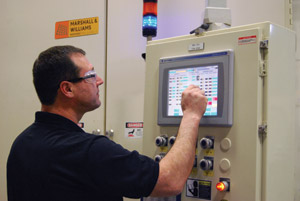
In the first installment of this article, we reviewed how the material cost savings realized by running trials on a pilot scale line vs. production line can more than offset the expense of using an external facility like our Biax Lab. Beyond that, however, conducting trials on a dedicated external pilot line can provide additional advantages that improve the chances of successfully running an R&D project to completion.
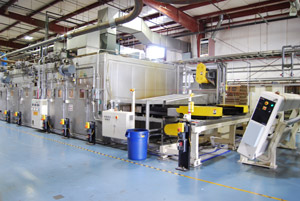
In the development cycle for new film and sheet products, there comes a point where production processes need to be explored, samples need to be manufactured for properties testing and market development, and refinements in formulation need to be perfected. Researchers typically have one of two choices to accomplish this; schedule time on a production asset to run the experiments or run on a dedicated pilot line, whether company owned or independent.
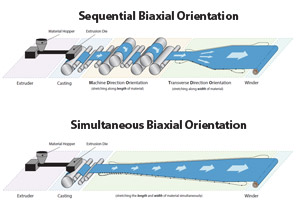
When it comes to producing biaxially oriented films, most are familiar with the well-proven sequential stretching method, which is used in the production of the vast majority of biaxially oriented film and sheet products. However, there is another, less common technique that’s ideal for certain plastic film and sheet applications, particularly if the material does not tolerate sequential stretching in separate steps or must have exceptional optical properties.
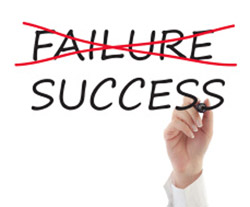
Every “failure” is a learning process that breeds smarter decisions going forward.
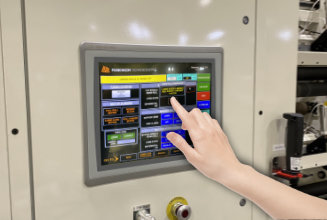
When assessing the performance of web processing machinery, users often consider the overall throughput, quality of the final product, and its safety features. These considerations are essential, but it’s important not to overlook one of the most important features of a well-engineered machine, the user interface (UI).
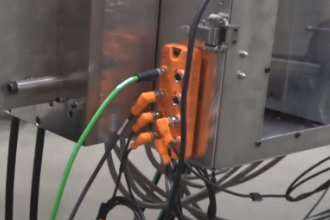
IO-Link smart sensor technology has received a great deal of attention recently and for good reasons. This technology has found its way into many industrial applications due to its advantages over standard binary and analog interfaces. IO-Link smart sensors are a much more intelligent communication technology that not only transfers measured values and switching signals but can also store parameters, deliver signal quality, and device status.
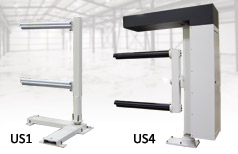
Slitter rewinders have one goal: to achieve high-quality finished rolls as quickly and as safely as possible. No matter what the material is, every facility wants to achieve the optimum output level without sacrificing the finished product quality. An adequate roll handling system is needed to achieve the desired level of productivity and quality.
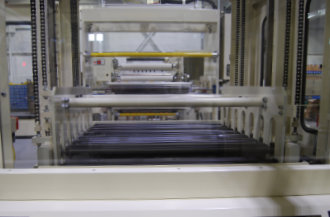
As the name implies, a web accumulator is a machine built for one primary function, to accumulate and temporarily store material fed from or into a continuous process to a machine or operation that must be momentarily stopped or run slower than its processing line speed.

There is no denying that 2020 was a challenging year for many of us, and the transition into 2021 will also hold some challenges. However, like your company, we remain resilient and will continue to move forward. Creating value-added content in blog articles is one way we’ve been able to stay connected with you.
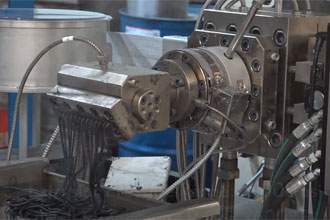
Conducting trials of your material in our filtration lab line is a great way to gather insight into how your application will perform when filtering contaminated thermoplastics through the KCH continuous belt screen changer.
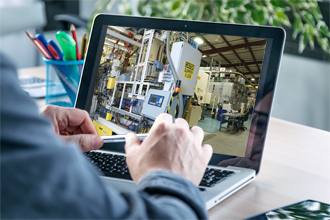
Nothing can substitute for being side-by-side with a technician during a trial. The ability to observe the process in person, analyze data, discuss the recommendations, and make process adjustments in real-time are the true benefits of conducting trials at our technology labs. However, for those unable to make the journey to Woonsocket, RI, there are viable alternatives.
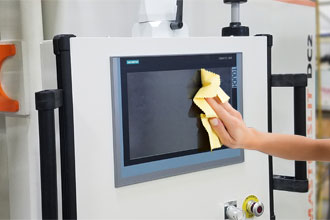
Choosing the wrong method of cleaning a touchscreen monitor can leave that monitor unusable. When a touchscreen HMI is used to control machinery, this could have the dire consequence of leaving the entire machine inoperable.
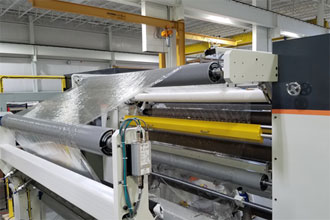
At its core, a slitter rewinder has one primary function, to unwind a mill roll and convert it into multiple smaller rolls. This function may sound straight forward, but these machines can be anything but simple. They are typically engineered to handle a wide variety of materials, each with their processing requirements. There is a lot to consider when choosing the best options for an application. One of those options is choosing the best web entry path from the unwind stand to the slitting and rewinding section.

Just a few short months ago, the world was hit with a microscopic virus that infected millions and affected the global population. Most nonessential businesses have temporarily closed their doors and only recently started the reopening process. For those companies deemed necessary, along with those like Parkinson Technologies who support those vital businesses, we were lucky to continue operations. But it still has been a challenging experience.
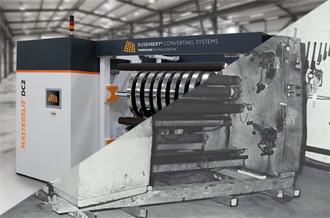
Your slitter rewinder machine has been a real workhorse for decades. It’s gone through countless runs, and for the most part, it’s been useful to you. Unfortunately, it’s capabilities are outdated, parts need replacing, and you’re questioning whether it’s able to keep up with the production schedule. It might be time to think about something new.
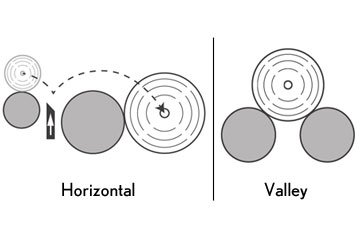
In earlier blog posts, we compared center winders to surface winders and explained the fundamental differences between these two winding methods. In this article, we will focus on surface winding and compare two distinct surface winder configurations and the strengths and weaknesses of each type.
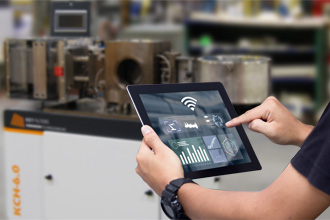
You may have heard of the term “Industry 4.0,” since it’s the hottest buzz word in the world of machine technology. Where Industry 3.0 brought us the computing age, Industry 4.0 brings us the next step in technology with automation and data exchange across numerous platforms. In this blog, I’m going to explain the benefits of incorporating the Industry 4.0 technology into your extrusion system.

One of the challenges that continually plagues the custom capital equipment purchasing process is difficulty in establishing accurate specifications for a given piece of process machinery as potential projects move from the initial inquiry to an order, and from concept to reality. Stakeholders are looking for ways to mitigate risk by covering all the bases.
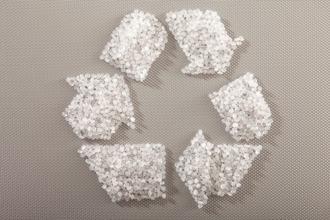
Parkinson Technologies is committed to participating in the plastics sustainability vision by engineering extrusion filtration solutions that enable greater recycled material usage.
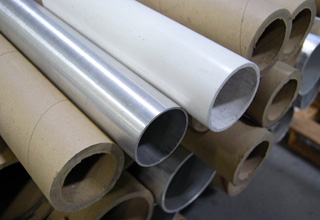
A substantial percentage of all products wound into a roll start by applying the material to some form of a tube, or core, to begin the winding process. On the rare occasion, this task can be completed without using a core at all, but the majority use a paper, plastic, or metal tube, with paper being the most commonly used core material. When the roll of material on the core is used up, the core generally gets discarded (think of a roll of paper towels used in your kitchen). These easily disposable items are sometimes viewed as trivial components of the production process, yet they can cause significant pain to those directly involved in the converting process if their quality or physical properties are not suitable for the operation.
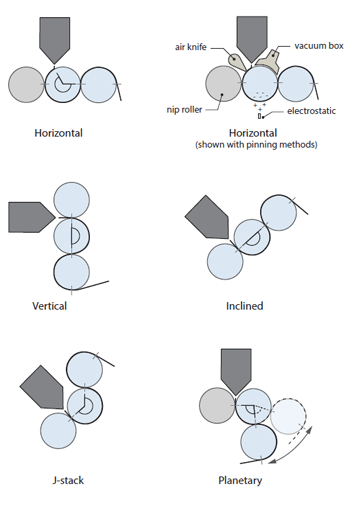
Roll Stack, Sheet Stack, Roll Stand, Take-Off System, Casting Machine, these are just a few of the terms that the plastics processing industry uses to describe the equipment immediately downstream of a flat die on a film or sheet extrusion line. Regardless of the term used to describe this device, it’s basically an arrangement of heat transfer rollers designed to cool and shape molten polymer after it has been extruded through a die to form a continuous web of film or sheet. There are many possible arrangements of the rollers, but the most common are horizontal, vertical, inclined, J-stack, and planetary. What are the differences and why would one configuration be used over another?
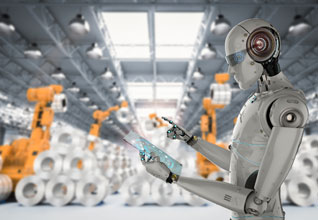
When narrowing down your specifications for a new web handling or converting system, it is important to consider the various levels of automation that are available, the costs associated with each, and the long-term savings that are realized by including these features in your initial purchase.When narrowing down your specifications for a new web handling or converting system, it is important to consider the various levels of automation that are available, the costs associated with each, and the long-term savings that are realized by including these features in your initial purchase.
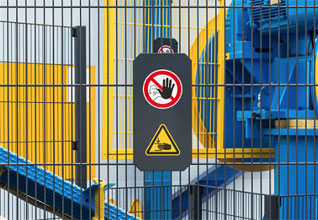
As an OEM of industrial machinery for a wide variety of plastics processing, web handling, and slitting applications, we are often put in a difficult position of responding to requests from customers for upgrades to legacy machines while navigating a minefield of product liability concerns. This can be frustrating for customers who view the scope of their request as being a “simple” or “minor” upgrade or modification, whereas from the OEM’s viewpoint, the scope of the project, once fully assessed, typically becomes much broader. When a customer then receives a proposal with costs well beyond what they deem reasonable for the scope of work they are envisioning or are surprised by a refusal from the OEM to even provide a proposal, it can lead to the misperception of the OEM not wanting to work with a customer. Most of the time, that simply isn’t the case.
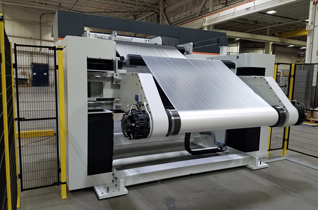
Secondary manufacturing and converting operations, such as printing, extrusion laminating, or slitting and rewinding, start by unwinding material from a roll into the downstream process. Process operating speeds and type of unwind selected can have an impact on the level of safeguarding required to meet current safety standards.
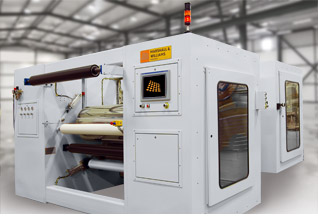
While any given MDO may appear to be a simple arrangement of heated, driven rollers, determining the optimal MDO configuration for a specific application and capacity is where the real challenge lies.
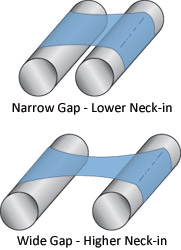
In our previous articles on Machine Direction Orienters (MDOs), we reviewed key process parameters and examined how their impact on stretching conditions would affect the selection of machine configuration for various applications. One aspect of the stretching process that we haven’t yet addressed is how the stretch ratio relates to dimensional changes in the oriented web.
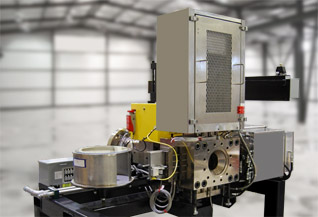
Continuous-belt screen changers are an economical and efficient method of filtering out contaminants in thermoplastic material due to their ability to provide constant melt extrusion pressure to downstream processes over long periods of time. The absence of process interruptions needed to change screen packs in other types of filtration translates into increased production and decreased scrap, bringing maximum efficiency to your extrusion operation. However, if you notice that the pressure drop in your continuous belt screen changer is gradually increasing over time, despite regularly advancing the screen at recommended intervals, you may have a flow restriction from the gradual buildup of contaminants on breaker plate surfaces.
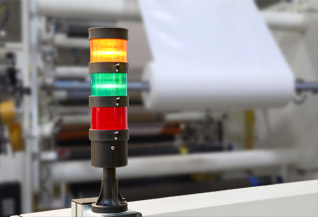
As a manufacturer of machinery for the plastics industry, one of our main concerns when designing, engineering, and building these machines is to always keep safety in mind. Operating machinery can always carry the risk of injury. Workers can be struck by moving parts, trapped between rollers, belts, and pulleys, and cut or punctured by sharp edges. That’s why safety standardization efforts are developed to define, for example, the type of guarding, fencing, or torque limitation.

In two previous articles, lay-on rollers were discussed. From the evolution of the lay-on roller to the advantages of the more modern linearly-acting lay-on roller and minimum gap configurations to improve winding and web handling performance. Now the discussion will focus on the advantages of having predictable web tension and lay-on nip controls within this type of lay-on roller system.
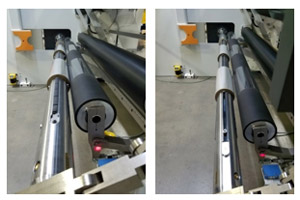
Over time lay-on roller technology evolved from simple pivoting support arms, to pneumatically loaded, and then the individual lay-on roller system was introduced. However, these individual lay-on rollers added complexity and room for error due to the difficulty of not knowing how much lay-on nip force to apply. Thus, linearly-acting lay-on roller systems were developed to provide better nip force control.
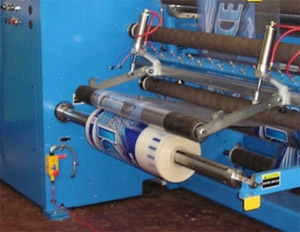
Today’s web converters are challenged with production requirements that are becoming increasingly difficult to satisfy with the technology of their older slitter rewinder equipment.Roll quality standards are harder to achieve as materials being processed are thinner, have lower modulus and have either very high or very low coefficients of friction, or when production speeds and finished roll sizes continue to increase. One area where we have seen gains being made is the development of improved lay-on roller systems that help address these process challenges.
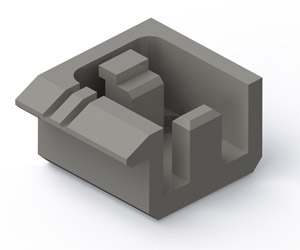
Although it may sound futuristic, 3D printing is here—and it’s here to stay. 3D printing has steadily impacted how manufacturers do business, and Parkinson Technologies is no exception. There are two ways Parkinson uses 3D printing: for prototyping and for creating small functional components for our machinery. Learn more about the real-world examples Parkinson Technologies utilizes this 3D printing technology.
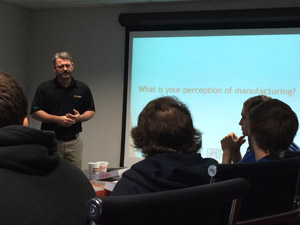
At Parkinson Technologies, we believe the key to inspiring fresh interest in manufacturing careers is education. We’re doing our part to let younger generations know that manufacturing is about more than pulling levers on an assembly line.